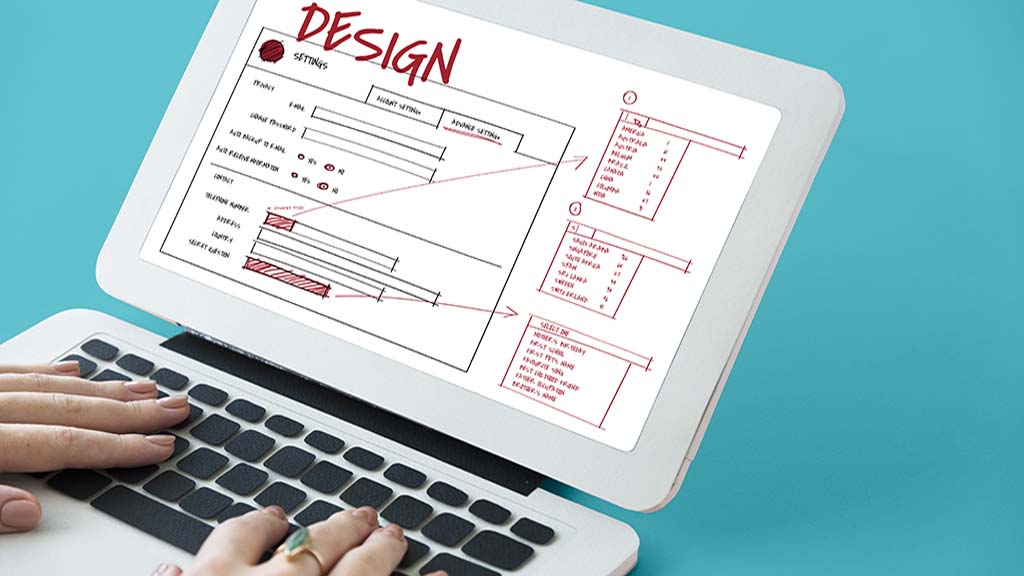
The Ultimate Guide to a Successful Website Redesign in 2023
Are you thinking about redesigning your website? Maybe you want to update the look and feel of your site, improve the user experience, or increase conversions. Whatever the reason, website redesign can be a daunting task. This guide will provide you with a step-by-step process to revamp your website and ensure that your redesign is successful.
Understanding the Importance of Website Redesign
Before diving into the redesign process, it’s crucial to understand why website redesign is important. A well-designed website can increase traffic, engagement, and conversions. It can also improve user experience, brand perception, and search engine rankings. Here are some reasons why you may need to redesign your website:
- Outdated design and functionality
- Poor user experience and navigation
- Low conversion rates and high bounce rates
- Poor mobile responsiveness
- Inconsistent branding and messaging
- Slow page speed and load time
- Poor search engine rankings
- Inability to integrate new features and technologies
Setting Goals and Objectives for Your Redesign
Before starting your redesign, you need to define your goals and objectives. What do you want to achieve with your website redesign? Your goals and objectives will guide your redesign process and help you measure your success. Here are some examples of goals and objectives:
- Increase website traffic by 25%
- Improve user experience and reduce bounce rate by 30%
- Increase conversions by 15%
- Improve mobile responsiveness and page load time
- Enhance branding and messaging consistency
- Improve search engine rankings and organic traffic
- Integrate new features and technologies
Conducting a Website Audit

Before redesigning your website, you need to conduct a thorough website audit. This will help you identify areas of improvement and develop a redesign plan. Here are some areas to focus on during your website audit:
- Website design and functionality
- User experience and navigation
- Content quality and relevance
- Mobile responsiveness and page load time
- Branding and messaging consistency
- Search engine optimization
- Analytics and data tracking
Developing a Redesign Plan
Based on your website audit, you can develop a redesign plan. This should include a timeline, budget, and a detailed plan for each stage of the redesign process. Here are some steps to consider when developing your redesign plan:
- Define your website’s target audience and user personas
- Develop a content strategy and plan for new content creation
- Create a wireframe and design mockups for your new website
- Choose a website platform and hosting provider
- Develop a plan for website migration and testing
- Plan for website launch and ongoing maintenance
Redesigning Your Website
Now it’s time to start redesigning your website. This is where you put your plan into action and create a new website that meets your goals and objectives. Here are some tips to keep in mind during the redesign process:
- Focus on user experience and navigation
- Use responsive design and optimize for mobile devices
- Ensure consistency in branding and messaging
- Optimize for search engines and organic traffic
- Use analytics and data to inform your decisions
- Test your website thoroughly before launch
Launching Your Redesigned Website
Once your new website is ready, it’s time to launch it. This is an exciting but also critical moment. You want to make sure everything works as intended and that your visitors have a positive experience. Here are some tips for launching your redesigned website:
- Test your website thoroughly before launch
- Create a backup of your old website
- Use redirects to ensure that old URLs are redirected to new ones
- Monitor your website analytics and performance after launch
- Make sure your website is secure and protected from hacking and malware attacks
Conclusion
W ebsite redesignis a significant undertaking, but it can also bring great rewards. By following the steps outlined in this guide, you can ensure that your redesign is successful and meets your goals and objectives. Remember to focus on user experience, consistency in branding and messaging, optimization for search engines, and thorough testing before launch.
ebsite redesignis a significant undertaking, but it can also bring great rewards. By following the steps outlined in this guide, you can ensure that your redesign is successful and meets your goals and objectives. Remember to focus on user experience, consistency in branding and messaging, optimization for search engines, and thorough testing before launch.
If you’re still feeling overwhelmed, consider working with a professional web design agency. They can help you develop a redesign plan, create wireframes and mockups, and implement your new website. With the right approach, your website redesign can be a game-changer for your business.
FAQs
- How long does website redesign typically take?
- The timeline for website redesign can vary depending on the complexity of the project. It can take anywhere from a few weeks to several months.
- Can I keep my existing website content during the redesign process?
- Yes, you can keep your existing content, but it’s also an opportunity to update and improve your content.
- What is responsive design, and why is it essential for website redesign?
- Responsive design is a design approach that ensures that your website is optimized for different devices and screen sizes. It’s essential for website redesign because more and more people are accessing websites on mobile devices.
- How can I ensure that my redesigned website is SEO-friendly?
- To ensure that your redesigned website is SEO-friendly, focus on optimizing for keywords, using descriptive page titles and meta descriptions, and optimizing images and videos.
- What are some common mistakes to avoid during website redesign?
- Common mistakes to avoid during website redesign include neglecting user experience, not testing your website thoroughly, not considering SEO, and not developing a clear plan and timeline.

